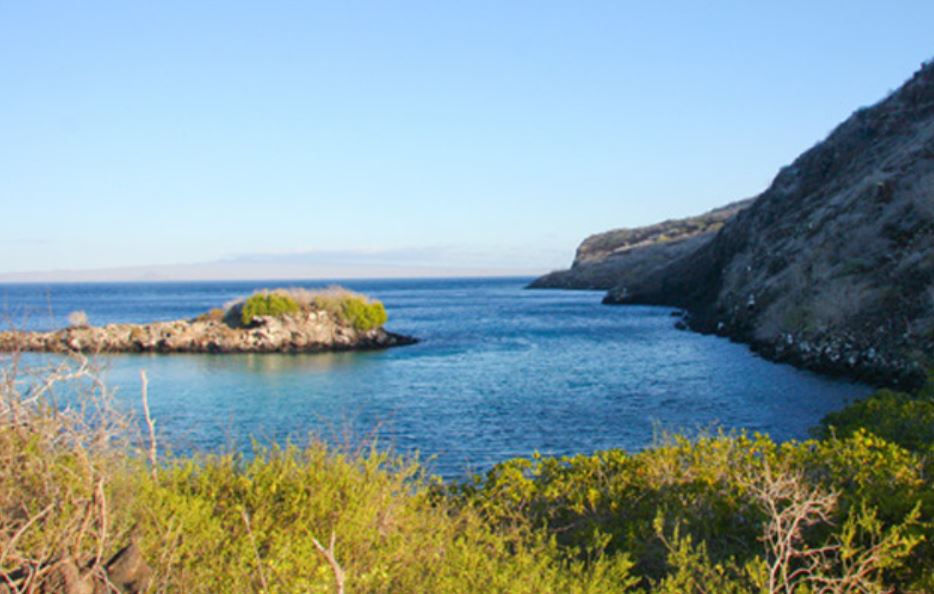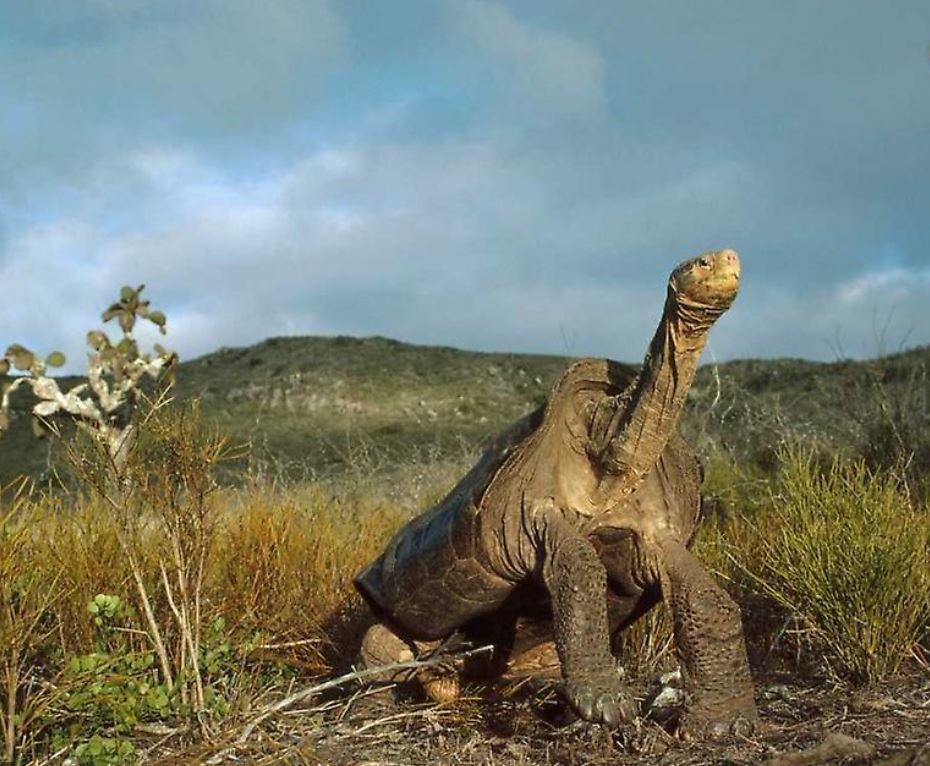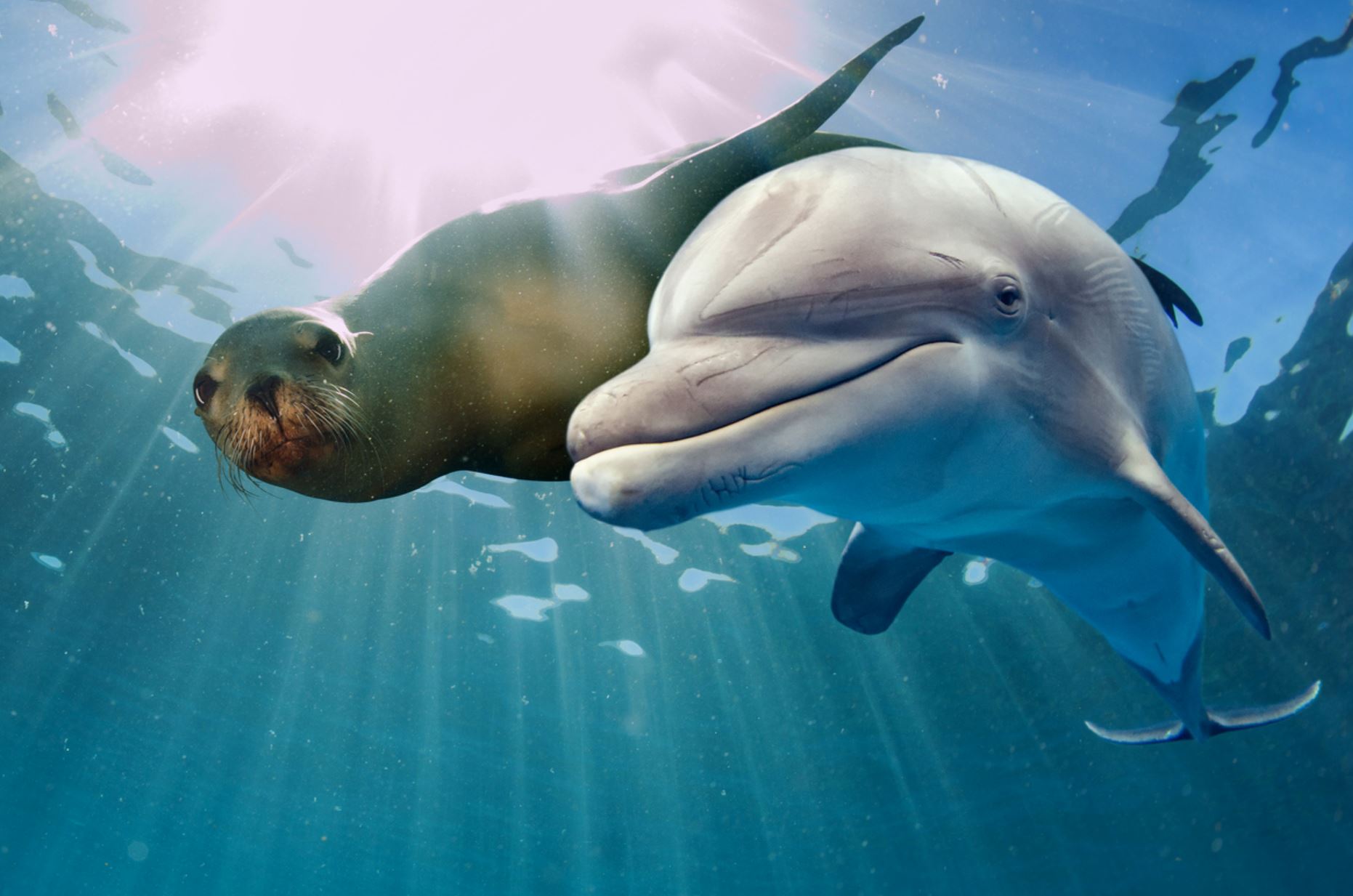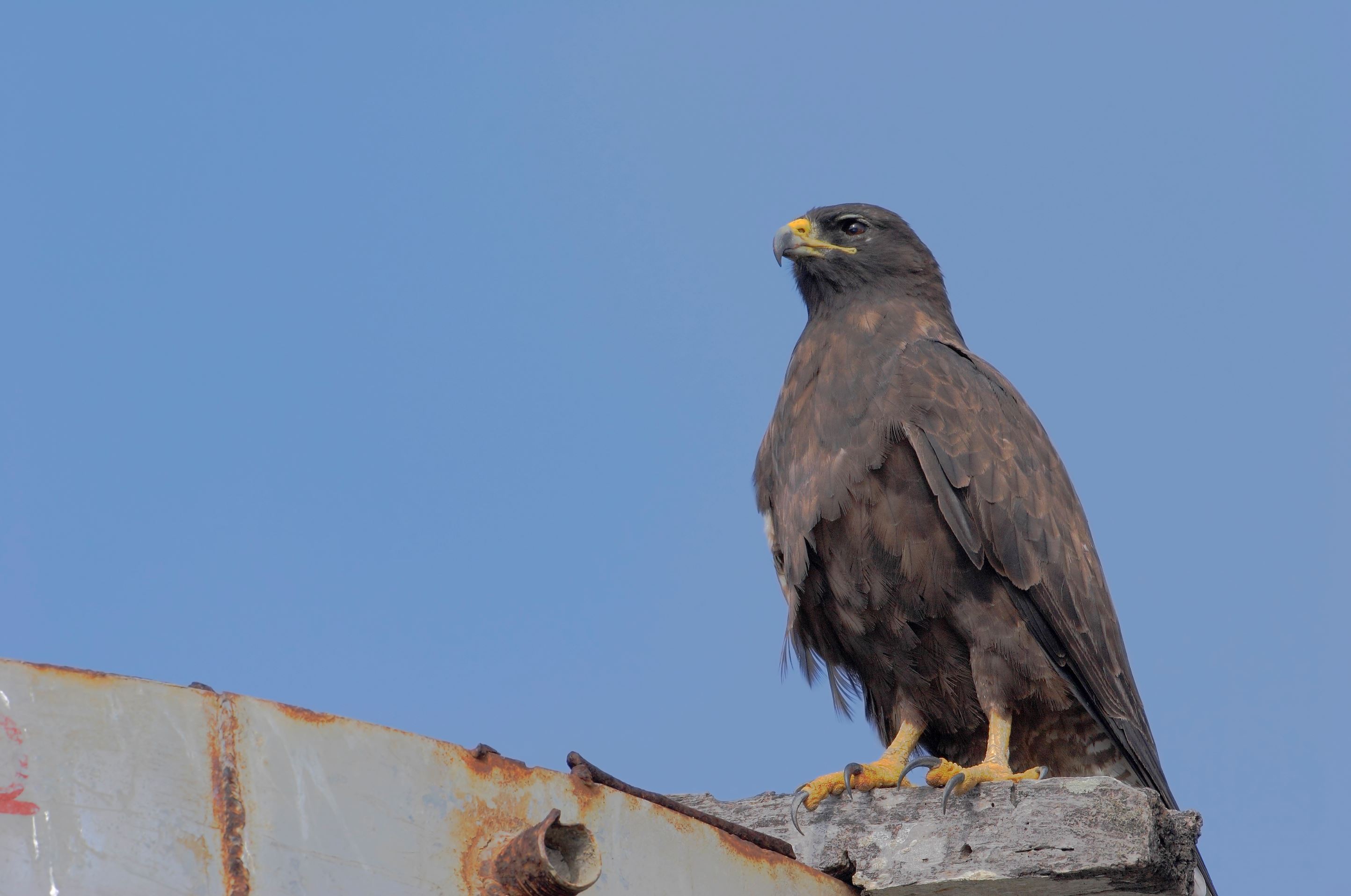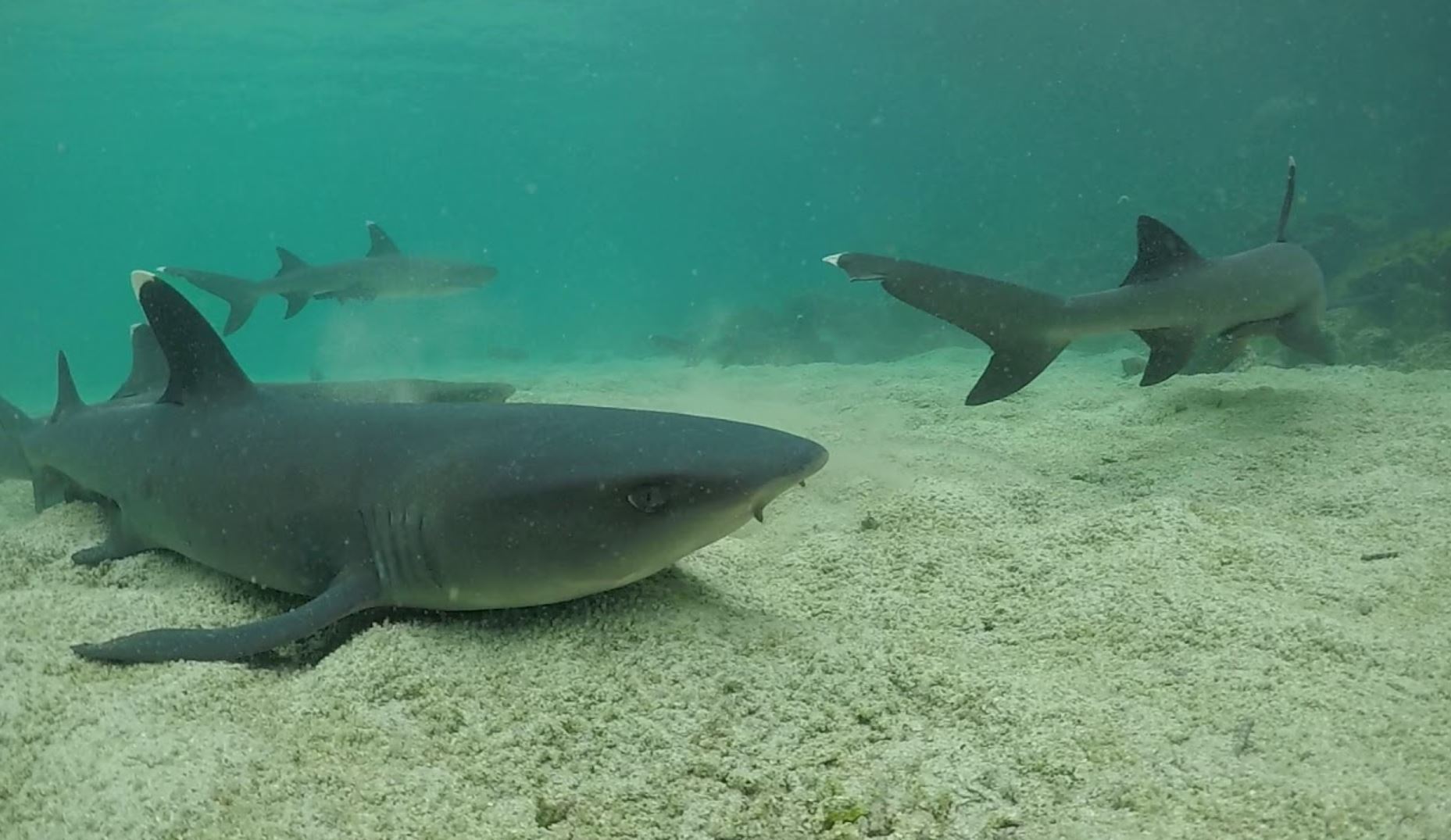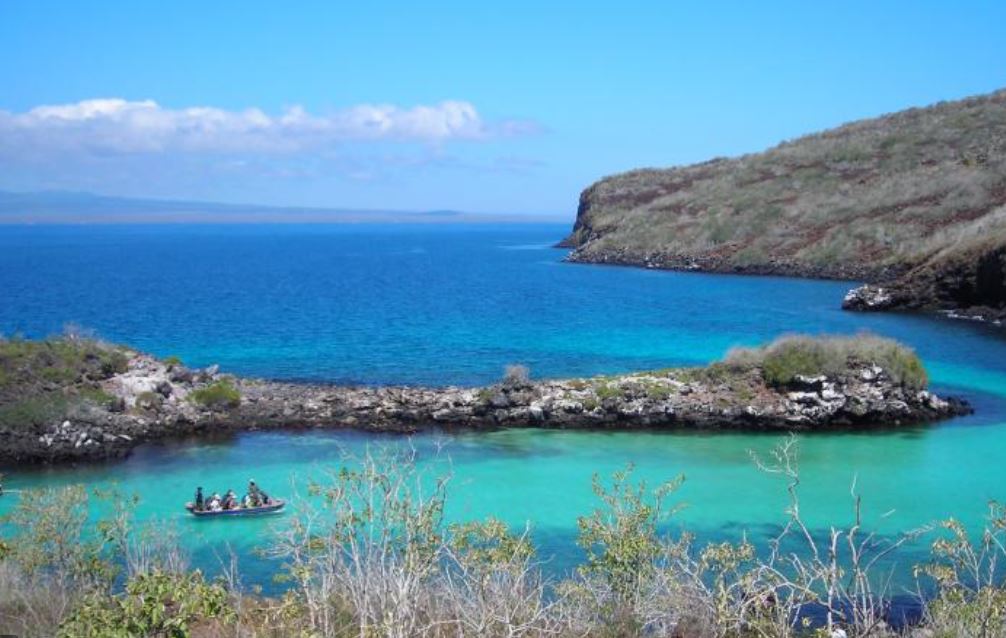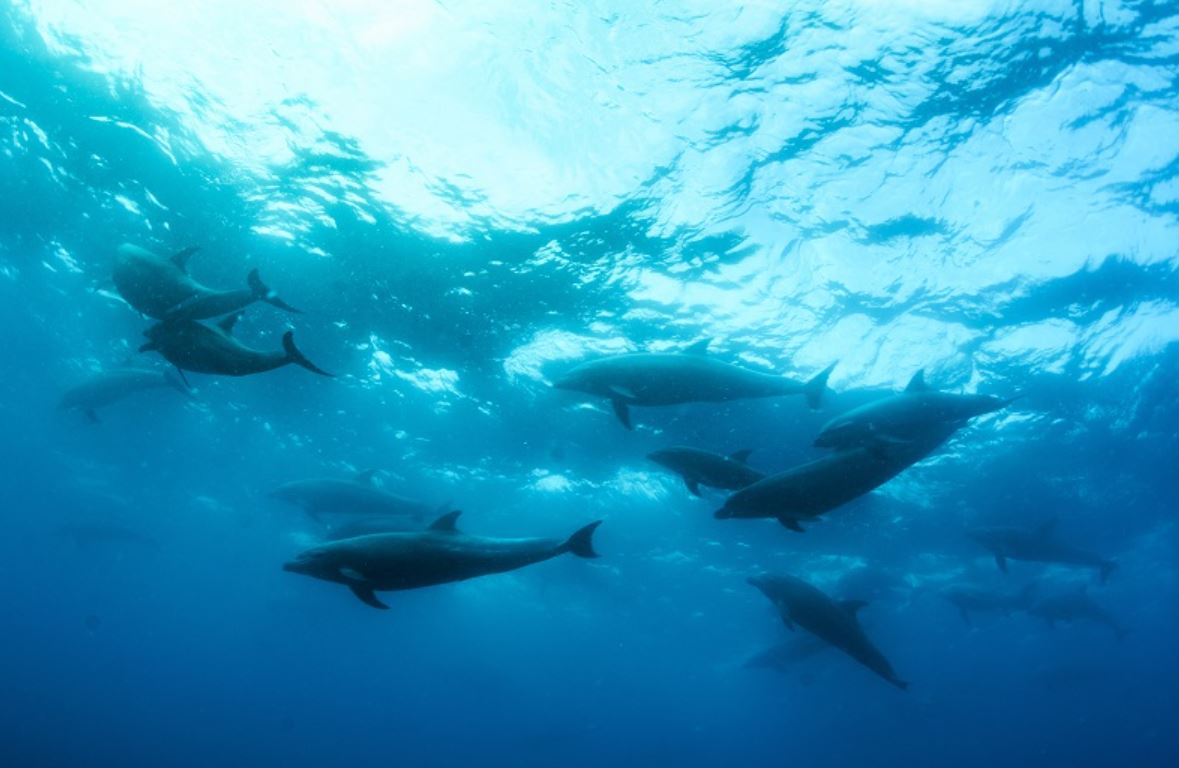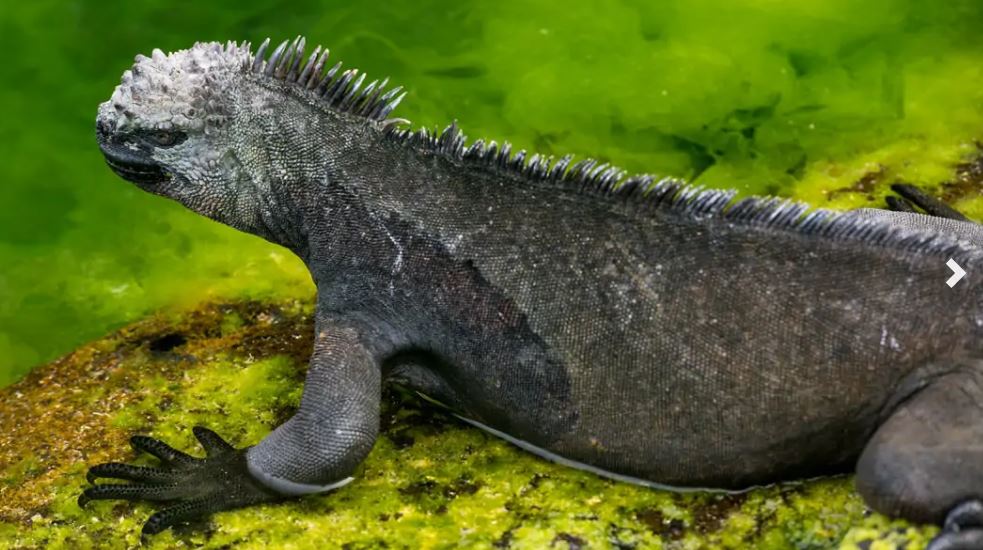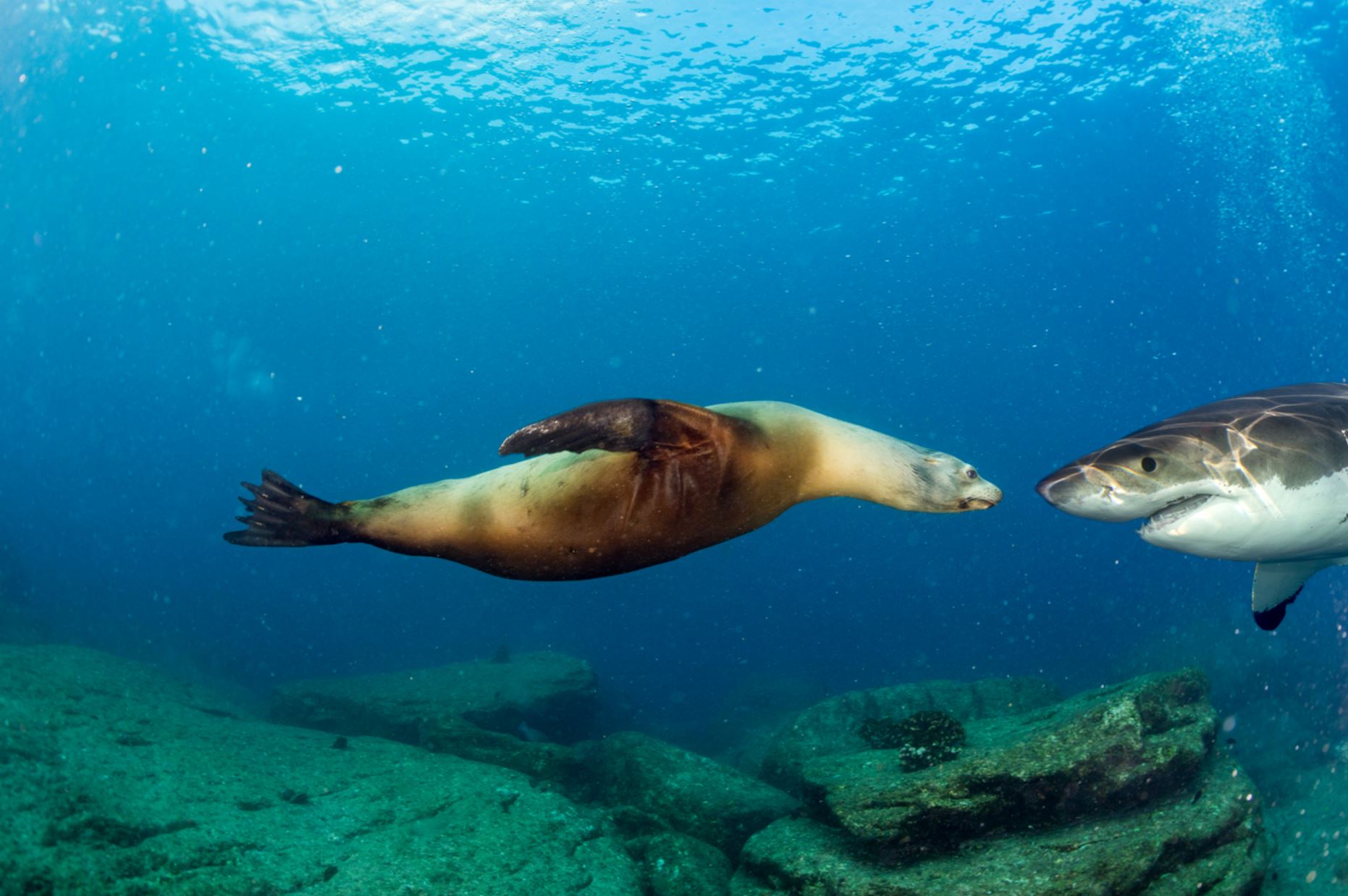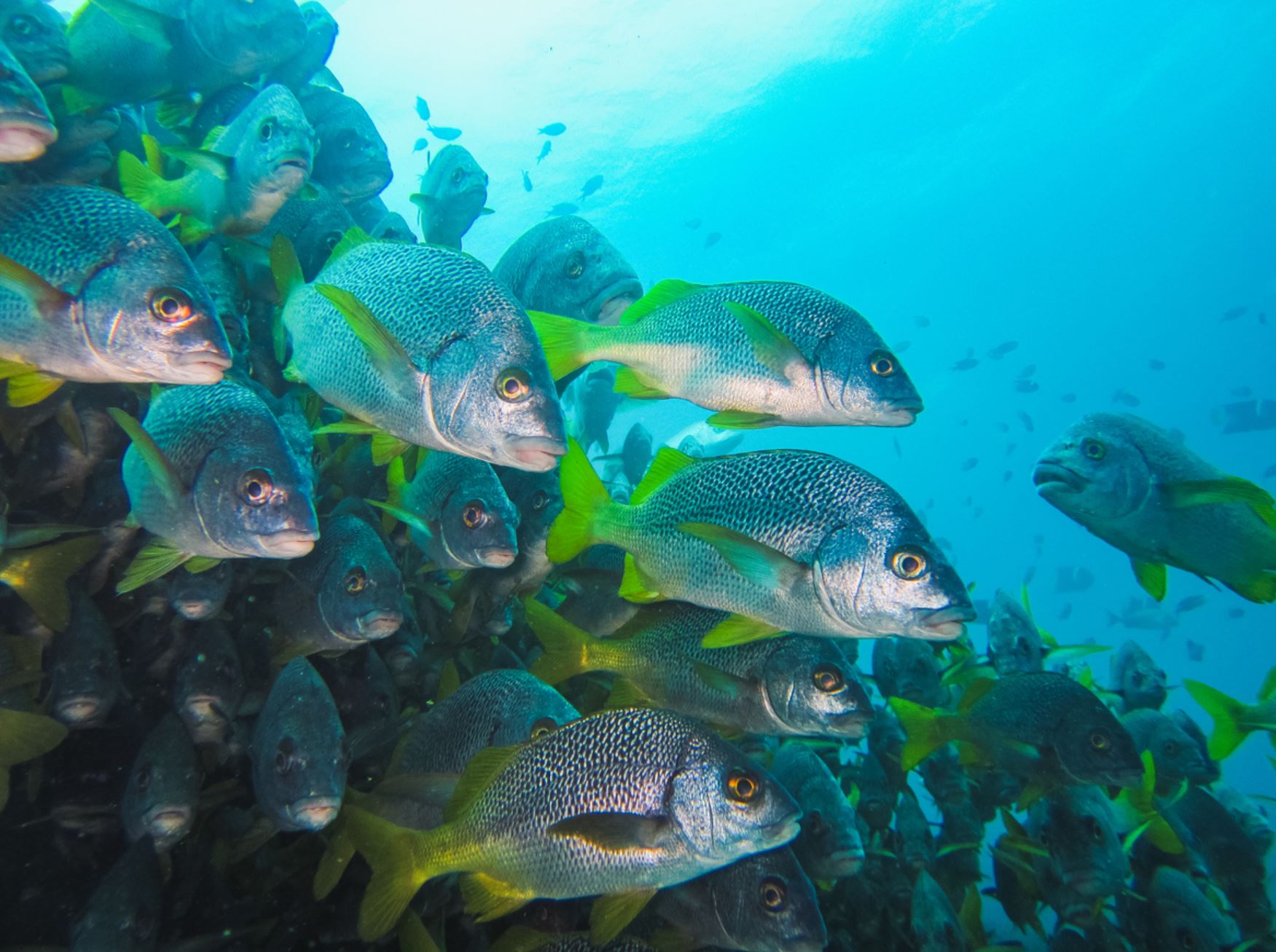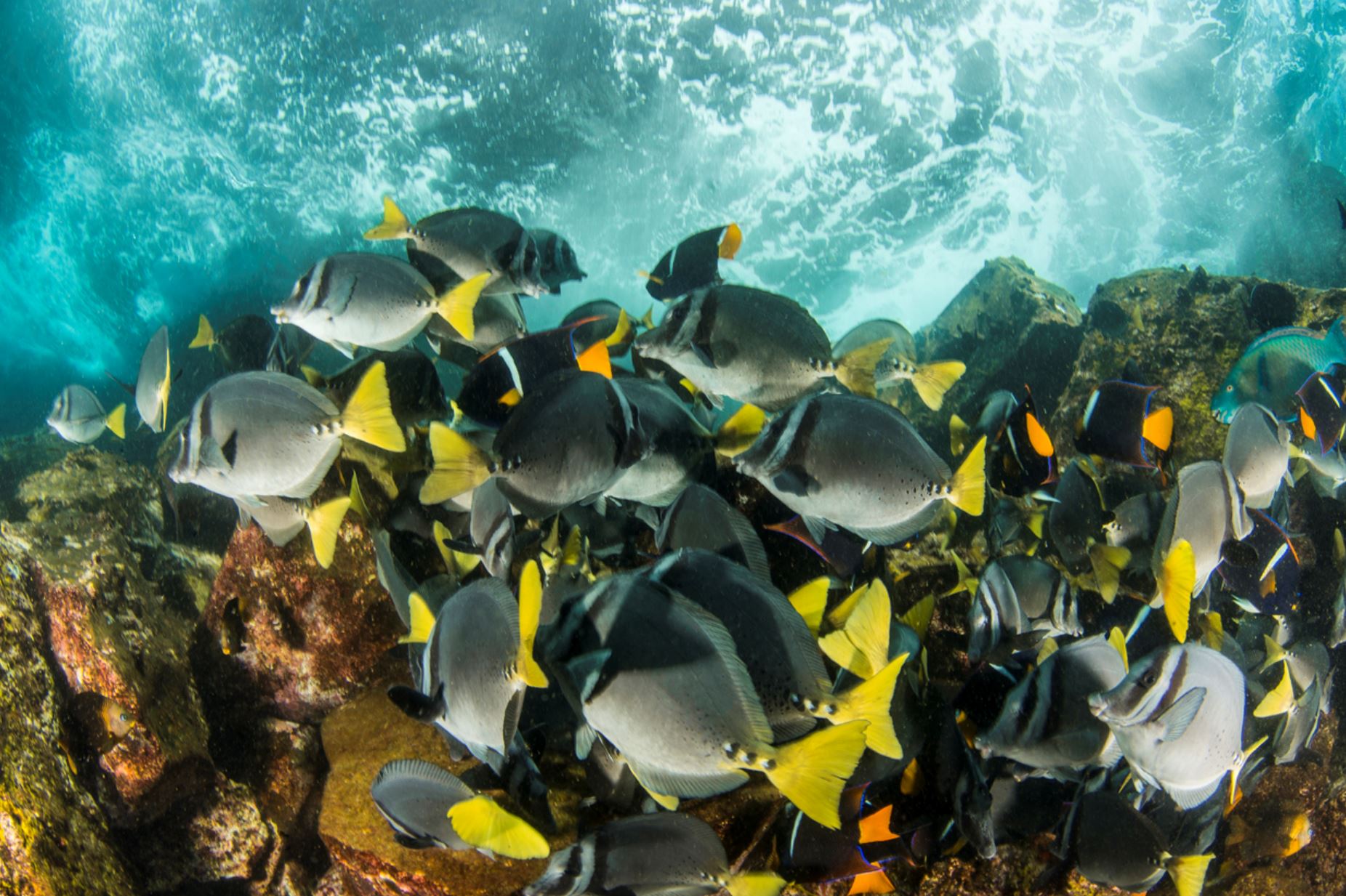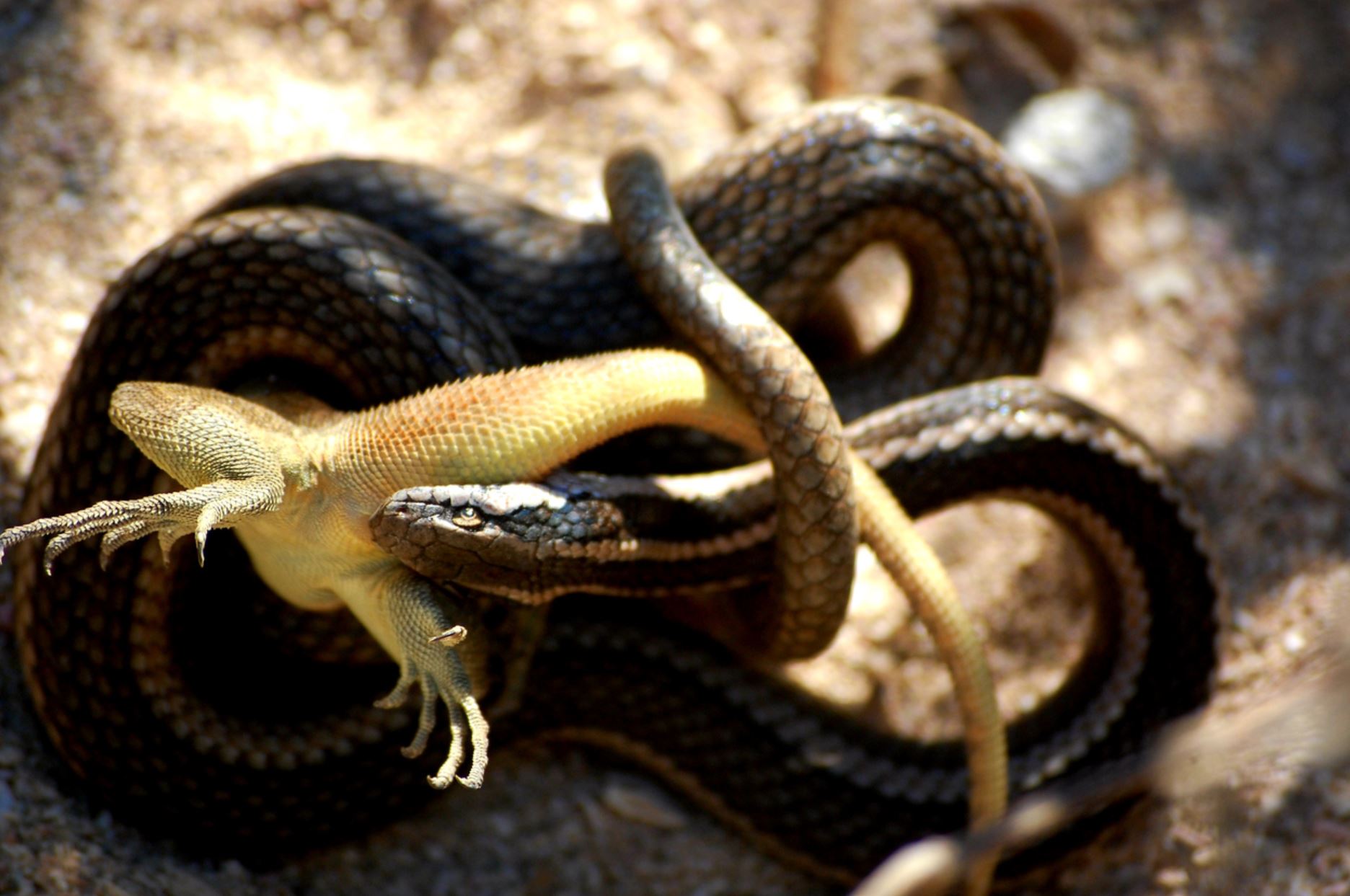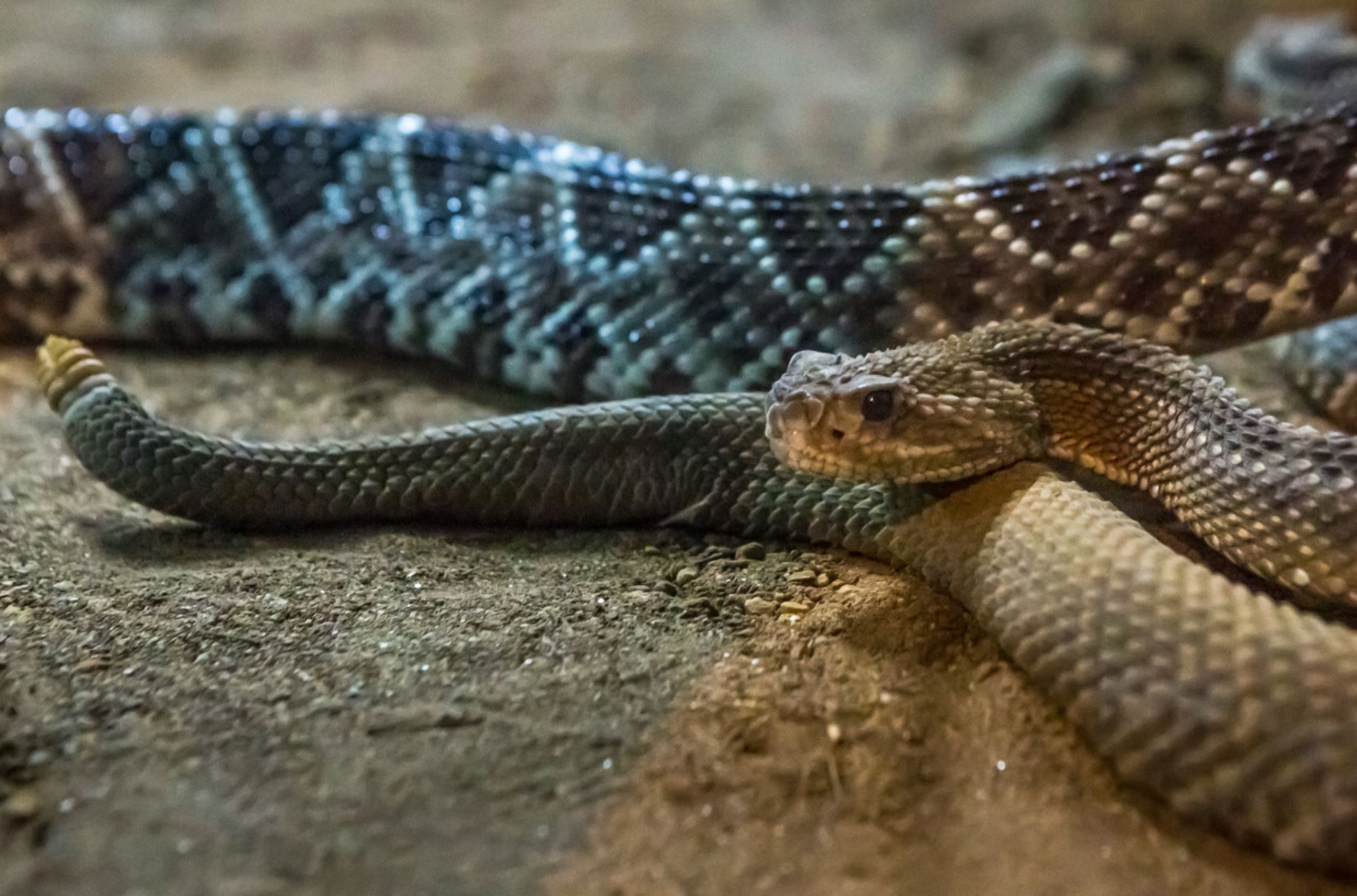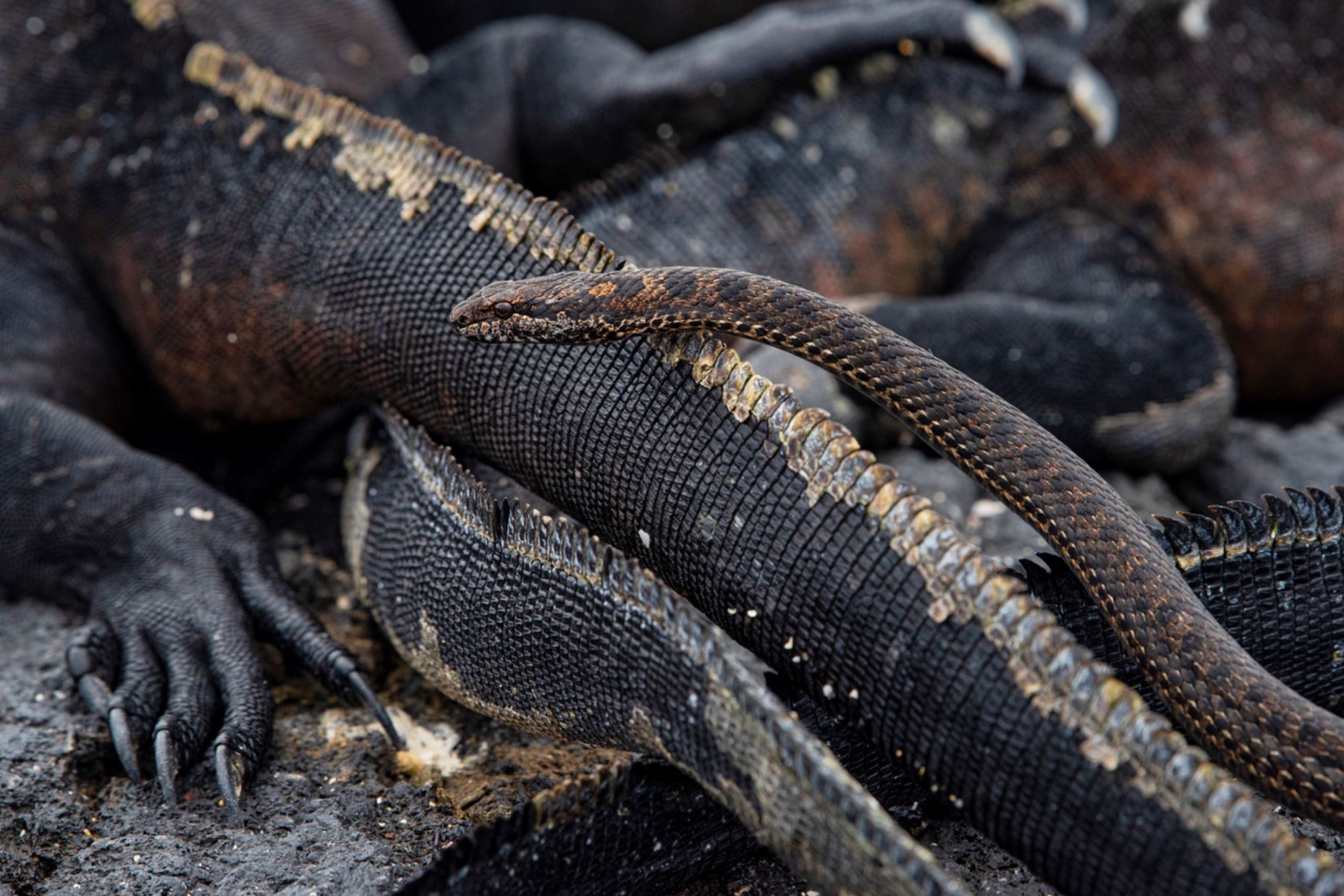Pinzón
Animals/Wildlife





Landscape/Views



Snorkeling





Beaches

Pinzon Island, sometimes called Duncan Island is the twelfth largest island in the Galapagos Islands, Ecuador. It was named after the Pinzón brothers, captains of the Pinta and Niña caravels. Pinzon Island has an area of 18 square kilometres (7 square miles) and a maximum altitude of 458 metres (1,503 feet).
Pinzon is home to Sea lions, Galapagos hawks, giant tortoises, marine iguanas, dolphins and other endemic animals. Pinzon island has no visitor sites and a permit is required in order to go to the island. Pinzon marks the geographical centre of the Galapagos Islands so it is surprising that none of the Galapagos Islands two main tree species do not occur on the island. Hpwever, in the humid zone a unique species of the daisy tree is found.
Area: 18 km2
Maximum altitude: 458 m
Human Population: 0
Main Activities: snorkel and diving
Wildlife to see: Home of endemic Giant tortoises, Sea lions, Galapagos hawks, dolphins and Marine iguanas, Pinzon offers some wonderful scuba diving opportunities and lets you get up close with a plethora of marine life like sea turtles, eels, eagle rays, marine iguanas, dolphins and even lobster.
Diving spot closed to Pinzón
Overview
Pinzon Island was named after the two brothers, Martín Alonso and Vicente Yáñez Pinzon, who sailed with Christopher Columbus in search of the new world, as captains of the well-known ships Pinta and Nina. Being surrounded by deep waters, it makes this spot perfect for diving, suitable for all levels. For beginners, the calm bay will allow them to encounter and swim with a diversity of tropical fish, sea lions and green turtles. A steep drop-off wall will present a challenge for the more experienced divers, where they can see various shark species, rays, lobsters and even seahorses.
Difficulty: Easy
Disembarkation: No Landing
Diving: Highlights at Diving spot in front of Pinzon
Colorful Fish
Animals:
Blue-Footed Booby, Galapagos Frigatebirds, Galapagos Green Turtle, Galapagos Petrel, Galapagos Sea Lion, Galapagos Shearwater, Galapagos Sting Rays, Nazca Booby
Pictures
Highlights / Places to Visit
Diving spot closed to the island Pinzón
Home of endemic Giant tortoises, Sea lions, Galapagos hawks, dolphins and Marine iguanas, Pinzon offers some wonderful scuba diving opportunities and lets you get up close with a plethora of marine life like sea turtles, eels, eagle rays, marine iguanas, dolphins and even lobster.
Animals that can be seen on the island
Galapagos Racer Snake
Racer snakes on Galapagos are constrictors and only mildly venomous. They are known to prey on lava lizards, geckos, insects, iguanas, mice, rats and hatchlings of several bird species. They are not at all aggressive towards humans and could not do much harm if they were to attack after being threatened. Racers tend to be dark brown with stripes or spots.
There is some confusion over the number of species of racer snake found in Galapagos due to poor research. The latest research suggests that there are: the Galapagos racer (Pseudalsophis biserialis) from San Cristobal and Floreana – though it is locally extinct on Floreana and now only found on nearby islets; the Espanola racer (Pseudalsophis hoodensis) from Espanola and adjacent islets; Santa Cruz racer (Pseudalsophis dorsalis) from Santa Cruz, Baltra, Santa Fe and adjacent islets; Fernandina racer (Pseudalsophis occidentalis) from Fernandina, Isabela, and Tortuga; banded racer (Pseudalsophis slevini) from Pinzon; and the striped racer (, ) from Baltra and Santa Cruz.
It is the Fernandina racer which has been observed hunting for marine fish from rock pools and the shallows around Fernandina. The British biologist Dr. Godfrey Merlen was the first scientist to ever see this behaviour happening as he noted up to 15 individual snakes slithering around the lava rock pools around Cape Douglas. This is a unique behaviour of terrestrial snake not observed anywhere else in the world. The racers on Fernandina were also the stars of BBC´s Planet Earth II where they were filmed hunting juvenile marine iguanas.
Racer snakes can be found in Galapagos on most of the major islands, though they are now locally extinct on Floreana. The snakes are found throughout the year, but unlike many other Galapagos animals they are shy of humans and will hide away making them reasonably tough to spot without looking for them specifically. They are diurnal, most active around dawn and dusk, and often rest around midday. The native snake population has been decimated by introduced species such as cats, pigs and feral goats which forage for their eggs.
- Animal Group: snakes
- Scientific Name (depending from the islands): Pseudalsophis biserialis, Pseudalsophis hoodensis, Pseudalsophis dorsalis, Pseudalsophis occidentalis, Pseudalsophis slevini, Pseudalsophis steindachneri
- Animal Average Size: 80 cm bis 1,20 m
- Animal Average Weight: 8 – 10 kg
Racer males can be found in Galapagos on most of the major islands!
Location
Mr. Frobeen can give you precise information about the ships.
Mr. Frobeen will be happy to advise you by phone at +49 (0)7633 9399360 or via email info@frobeen.de
If you want to book, what are the payment methods?
The reservation is gratis as an option.
If you want to make an fixed booking, there is to pay a deposit of 20%.
The remaining payment is due 4 weeks before departure. In individual cases, such as diving cruises, other rules apply. Information on request.
- Your payments are insured against bankruptcy!

